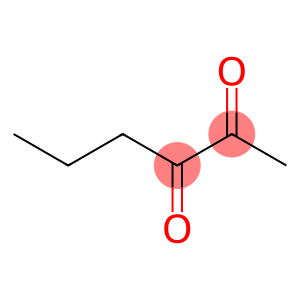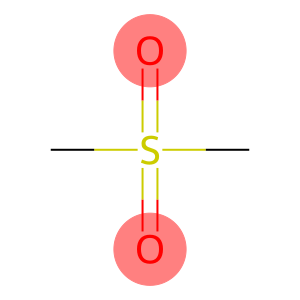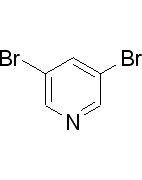Butyl isovalerate(CAS#109-19-3)
| Hazard Symbols | Xi – Irritant |
| Risk Codes | 36/37/38 – Irritating to eyes, respiratory system and skin. |
| Safety Description | S26 – In case of contact with eyes, rinse immediately with plenty of water and seek medical advice. S36 – Wear suitable protective clothing. |
| UN IDs | 1993 |
| WGK Germany | 2 |
| RTECS | NY1502000 |
| HS Code | 29156000 |
| Hazard Class | 3.2 |
| Packing Group | III |
Introduction
Butyl isovalerate, also known as n-butyl isovalerate, is an ester compound. The following is an introduction to the properties, uses, preparation methods and safety information of butyl isovalerate:
Quality:
Butyl isovalerate is a colorless, transparent liquid with a fruit-like aroma. It is insoluble in water and soluble in alcohols and ether solvents.
Use:
Butyl isovalerate is mainly used as a solvent and diluent in industry. It can be used in the manufacturing process of paints, coatings, glues, detergents, etc.
Used as an ingredient in liquid glue, it can promote the adhesion of glue.
Method:
Butyl isovalerate is usually obtained by the reaction of n-butanol with isovaleric acid. The reaction is generally carried out under acid-catalyzed conditions. Mix n-butanol with isovaleric acid massage ratio, add a small amount of acid catalyst, commonly used catalyst is sulfuric acid or phosphoric acid. The reaction mixture is then heated to allow the reaction to proceed. Through the separation and purification steps, a pure butyl isovalerate product is obtained.
Safety Information:
Butyl isovalerate can irritate the skin, eyes, and respiratory tract. It can cause irritation, redness, and pain when it comes into contact with the skin. Inhalation of vapors with high concentrations of butyl isovalerate can cause respiratory irritation and headaches. If swallowed, it can cause symptoms such as vomiting, diarrhea, and stomach pain. When using butyl isovalerate, protective gloves, goggles, and protective masks should be worn to ensure safe use. When storing and transporting, avoid contact with open flames and high temperatures. If not applicable, leave the scene quickly and seek medical attention.








